Dams are glorious structures no matter the size or the materials used. To think, these structures have the ability to hold back millions of gallons of rushing water. Dams also have the ability to generate energy and electricity that will benefit the population around the dam. There are numerous types of dams throughout the world. Dams can be classified into different types based on the design and structure of the dam.
What Are The Types of Dams?
There are many types of dams available. Here are the most common 8 types of dams that are in operation throughout the world.
1. Earth Dams
Just as the name implies, an earth dam is constructed of soil and is built up by compacting layers of earth. A facing of crushed stone helps to prevent erosion by the water or the wind. A spillway is also constructed; usually this is made of concrete. An earth dam is able to resist the forces that are pushing against it because of the strength of the soil.
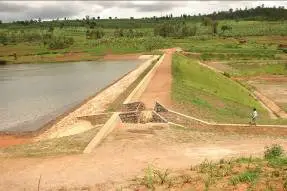
2. Rock-fill Dams
A rock-fill dam is constructed from rock fragments and large boulders. Seepage is reduced by having an impervious membrane, usually concrete, on the upstream side. The foundation must be much stronger than that of an earth dam since the weight of the dam can easily cause the foundation to crumble.

3. Gravity Dams
This type of dam is considered massive in size and made from concrete or stone. They are designed to hold back enormous amounts of water. The use of concrete allows the dam to resist the horizontal thrust of the water as it pushes against it. It is called a gravity dam because gravity holds the dam down to the ground and stops the water from toppling it over.
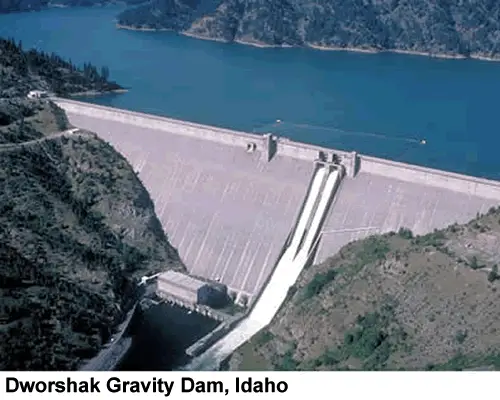
4. Arch Dams
With an arch dam, the entire structure is curved with the convexity towards the upstream side. These types of dams are best suited for narrow canyons that have strong flanks capable of resisting the pressure produced by the arch.
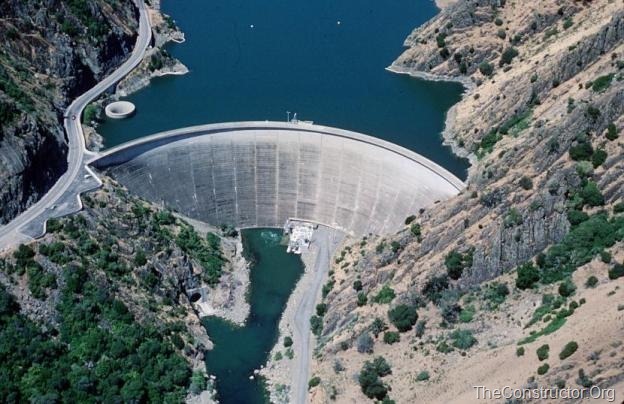
5. Steel Dams
A steel framework with steel skin plates on the upstream side make up a steel dam. There are two types of steel dams: direct-strutted and cantilever. Direct-strutted dams have the water pressure transmitted directly to the foundation by using inclined struts. Cantilever steel dams have bent supports of the upper part with is formed into cantilever trusses.
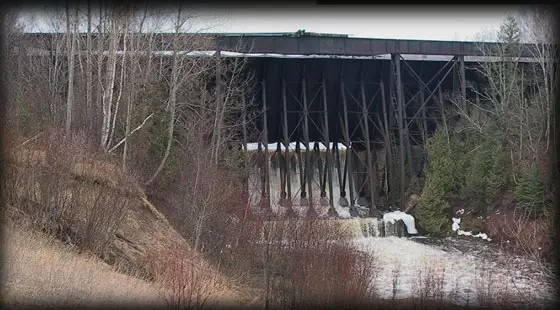
6. Buttress Dams
There are three types of buttress dams: deck, multiple-arch and massive-head. These dams are triangular with concrete walls that transmit the water pressure from the slab to the foundation. They are also sometimes called hollow dams because the buttress does not form a solid wall that stretches across the river valley.
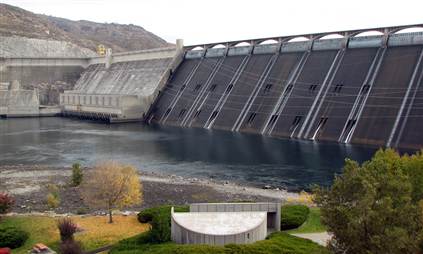
7. Timber Dams
These types of dams are made of wood, usually primarily coniferous timber such as pine and fir. These are great for small heads and have sluices. The openings of timber dams are restricted by abutments and the sluice is very long, divided into several openings. These openings are covered with wooden shields that can be raised and lowered.

8. Rubber Dams
While there are fairly new, they are beginning to gain in popularity in some areas. These dams are made using huge cylindrical shells that are made of synthetic rubber. They are inflated using either compressed air or pressurized water. These dams are limited to small projects because of their need for extreme care and caution when designing and erecting.
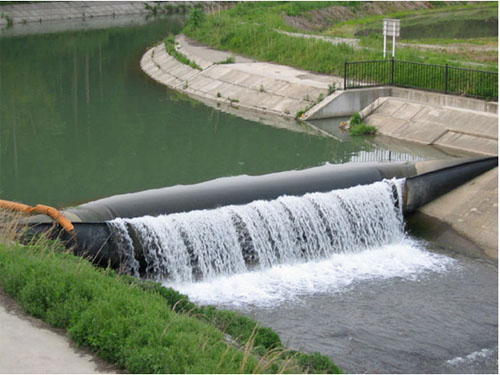
Different dams are recommended under different conditions. Hope we will discuss about the details of different types of individual dams in another article. Share your opinion or experience with us.
